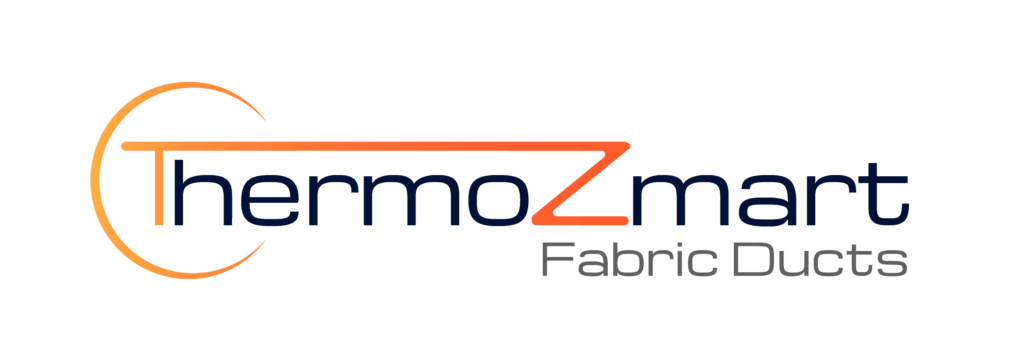
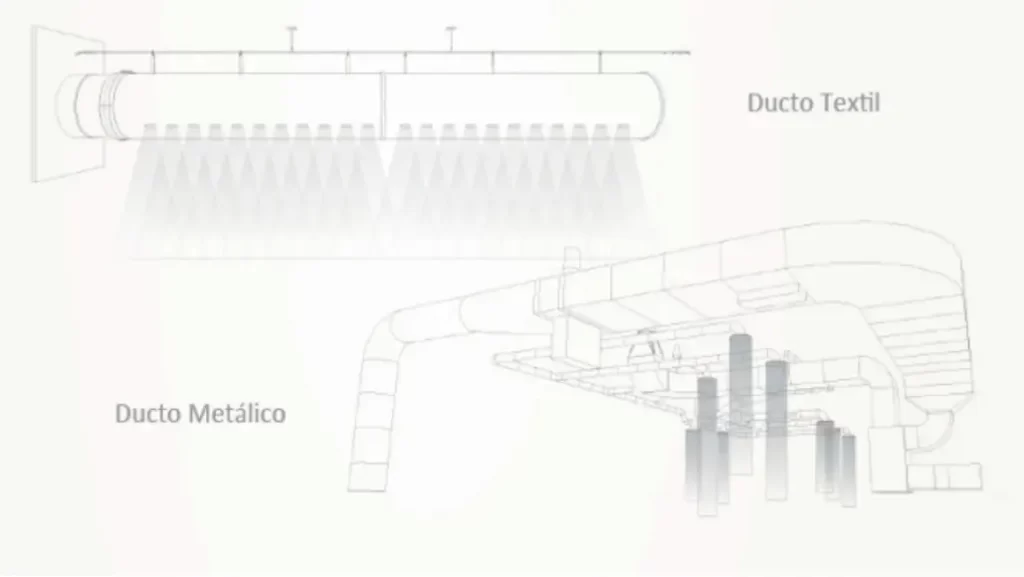
In the field of construction and installation, it is crucial to stand out and offer solutions that are not only effective in the short term but also provide benefits in the medium and long term. In this regard, fabric ducts have become a true revolution in the industry, offering a superior alternative to traditional ducts. In this article, we will explore the benefits and advantages you can gain by using fabric ducts in your projects. From energy efficiency to easy installation, we will discover why textile ducts are a captivating choice.
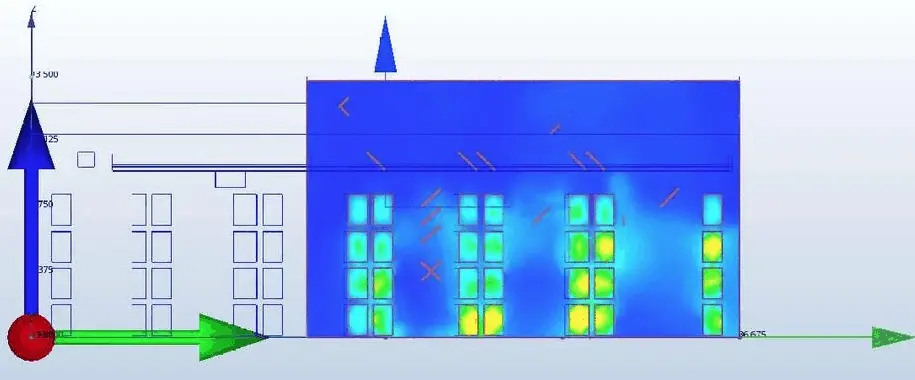
Energy Efficiency: Short-term Benefits
One of the greatest benefits of fabric ducts lies in their ability to improve the energy efficiency of any building. Compared to traditional metal ducts, fabric ducts significantly reduce air leaks, resulting in more precise distribution of air conditioning or heating. This not only reduces energy consumption and, consequently, short-term operational costs, but also enhances occupant comfort by maintaining a constant temperature and proper airflow at all times.
Flexibility and Easy Installation: Medium-term Benefits
We greatly value the ease with which fabric ducts can be installed, as they easily adapt to different building designs and configurations. The inherent flexibility of textile ducts allows for faster and simpler installation, considerably reducing labor time compared to traditional ducts. This translates into significant savings in labor costs and a shorter project completion time. Additionally, fabric ducts are lighter than their metal counterparts, making them easier to handle and transport.
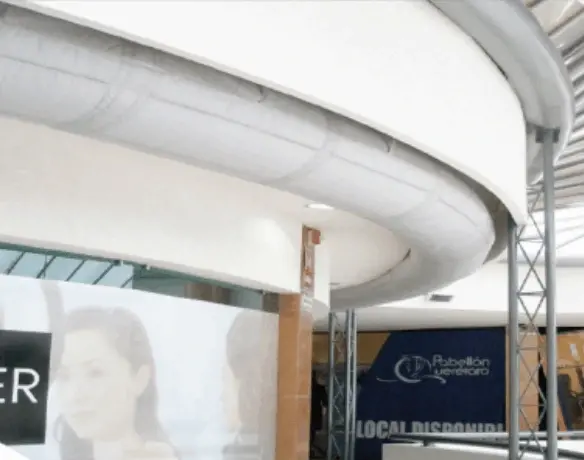
Durability and Maintenance: Long-term Benefits
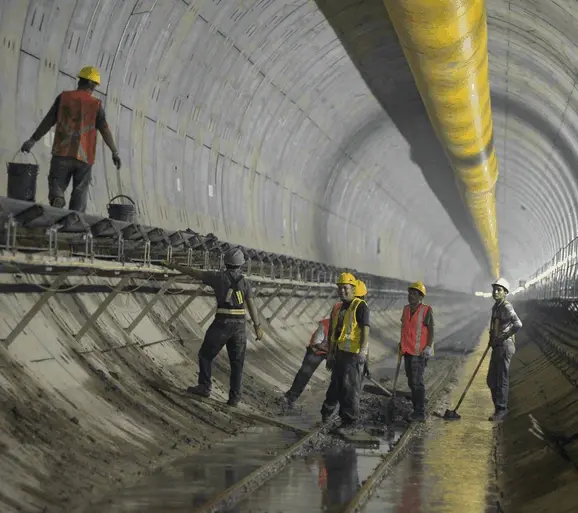
Some may have doubts about the durability of fabric ducts compared to traditional metal ones. However, technological advances have allowed for the creation of high-quality and durable fabric ducts. Modern fabric ducts are made from sturdy materials that offer an extended lifespan and excellent long-term performance. Furthermore, their flexible and seamless design minimizes the accumulation of dust and debris, thereby reducing the need for frequent cleaning and maintenance.
Indoor Air Quality: An Additional Advantage
Another crucial aspect to consider is indoor air quality. Unlike metal ducts, fabric ducts do not contain toxic substances like formaldehyde, which can negatively impact air quality and occupant health. Fabric ducts are also more resistant to the growth of mold and bacteria, contributing to a healthier and safer environment in buildings.




